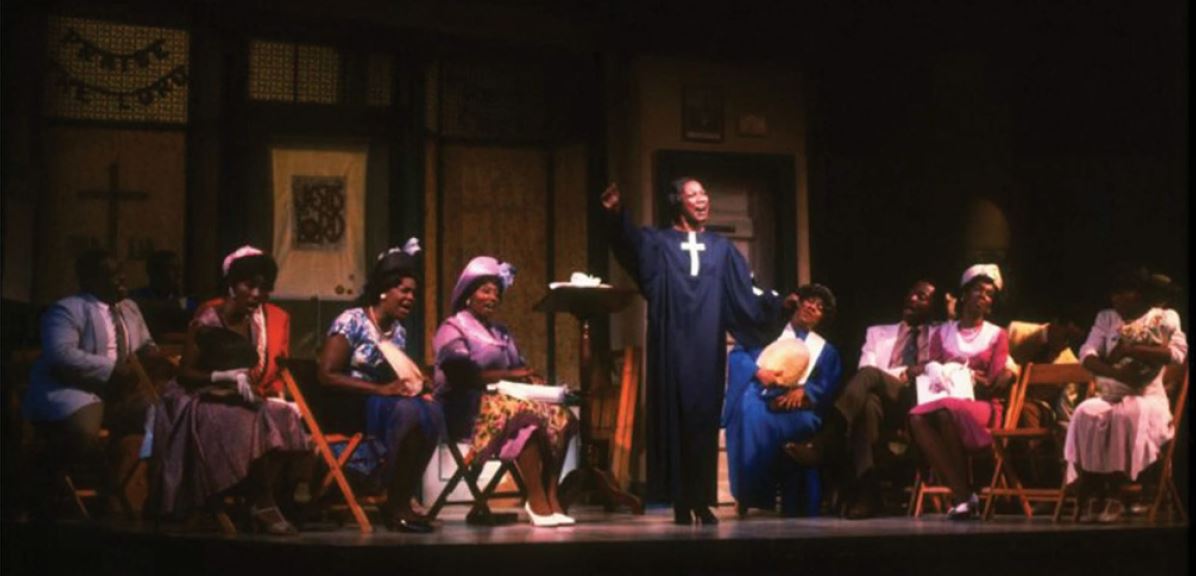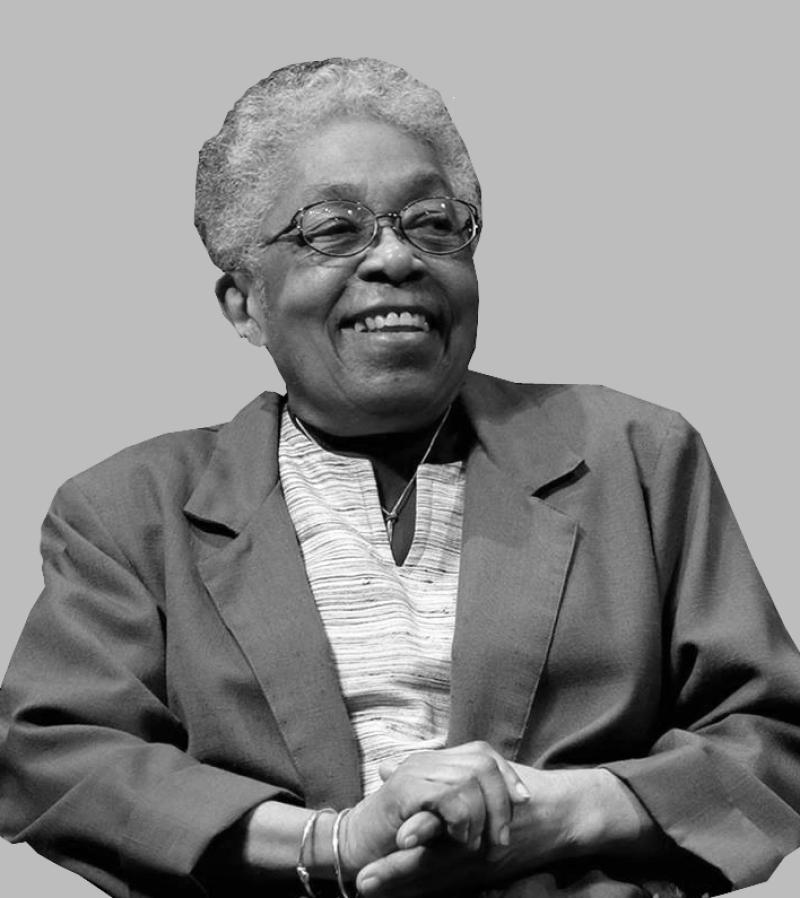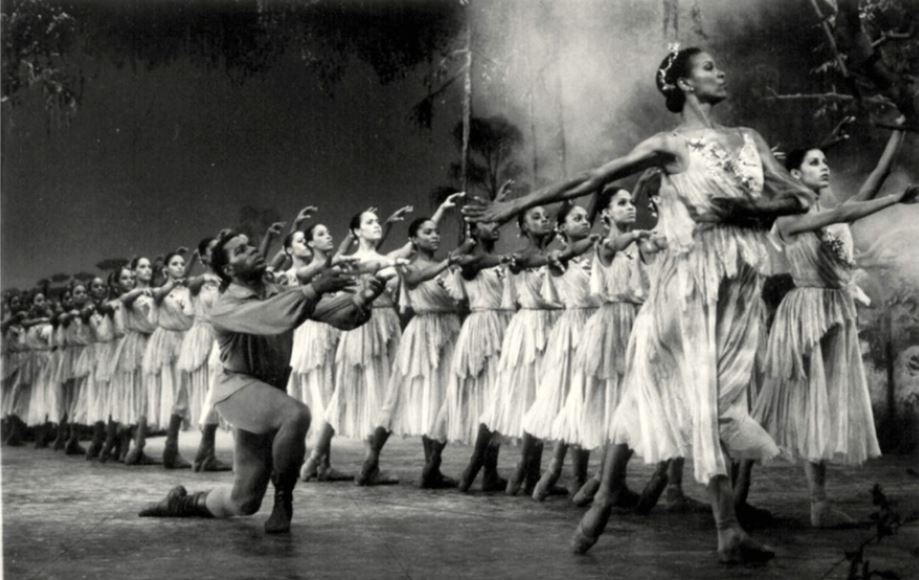R.A.W: Shirley Prendergast
28 Aug 2020 // R.A.W
With the very recent #blacklivesmatter that took by storm worldwide on the inequality and biased attitude to a certain group of people on the basis of colour, opened up many discussions on inclusivity in workplaces within the design industry as well. To bring the much-needed change, it is important to raise awareness and to acknowledge the fact that diversity in workplaces is the only way to flourish. In this regard, sharing the notable work of 1st African-American lighting designer, Shirley Prendergast.
Shirley Prendergast made history by being admitted to the United Scenic Artists’ (USA) lighting division as the first African-American woman in 1969, and the first black female lighting designer on Broadway in 1973, with Joseph Walker’s The River Niger.
_with_the_director__cast_of_The_River_Niger.jpg)
Shirley Prendergast (far right) with the director & cast of The River Niger
Until 1967, Shirley did lighting for small productions on her own. Her dream to design professional production came to reality when she was asked by Douglas Turner ward of NEC (Negro Ensemble Company) to design for ‘Summer of the 17th Doll’. Shirley spent her early years assisting, which she really enjoyed. She explains the importance of assisting, “I find assisting more challenging than design. When you assist, you have to think as the designer thinks. You have to know their plot better than they do. You have ideas about what should happen, and when you see the person you are assisting do something and it doesn’t collide with your idea but it works, you realize there are so many approaches. It really broadens you.”

Amen Corner, Nederlander Theatre, NY 1983; Lighting Design: Shirley Prendergast
Over the next 50 years, her designs would be presented with companies such as the New Federal Theatre, the Negro Ensemble Company, Alvin Ailey, and on Broadway with “Waltz of the Stork” (1982), “The Amen Corner” (1983), “Don’t Get God Started” (1987), and “Paul Robeson” (1988 and 1995), in addition to many regional theaters.
Shirley considered herself a ‘serious amateur photographer’. She took lighting class at the 51ST Street YMCA, to enhance her photography skills. Her teacher Nicola Cernovich discovered Shirley’s talent for lighting and suggested her to join Lester Polakov Studio & Forum of Stage Design. It was through Polakov’s that Shirley decided to seriously pursue lighting design.
Creole Giselle, Dance Theatre of Harlem, 1988, Lighting design: Shirley Prendergast
Shirley preferred to discuss her vision for every scene first and then further engage in discussion with the director. She used to make audio recording of the first run-through with actor’s permission as a rule and used to listen to it while working on design, this helped her in connecting to the play while drafting.
Though being a person of few words, Shirley was able to communicate her ideas forcefully. Kathy Perkins, mentee & friend of Shirley quoted saying that, she had never seen Shirley losing her temper in most stressful situations. Even during technical rehearsals, she was the calmest designer on planet. Shirley was a pleasure to work with, she would offer options on a particular design but would never tell anyone that they were wrong.
A recipient of numerous awards, Prendergast received a 1997 Obie Award for Sustained Excellence in Lighting Design, the 2009 National Black Theatre Festival Award for Outstanding Achievement in Lighting Design, the 2014 United States Institute for Theatre Technology Distinguished Achievement Award in Lighting Design, as well as numerous New York City Audelco awards.
There was a subtlety to her cueing so that no one remains aware of the movement in lighting, but you still could feel the change. As she rightly says, “Good lighting often goes unnoticed by the audience”. Shirley was an inspiration to many African-American lighting designers. Her trailblazing work has paved way for the upcoming generation of designers.
R.A.W Blogger
Dipali Shirsat


